Blog Posts Tagged Wave Optics Module
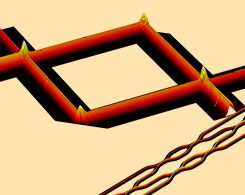
Analyzing an Optical Computation Device with Simulation
Here, we discuss Moore’s law, optical computing, Mach–Zehnder interferometer networks, and wave optics simulation.
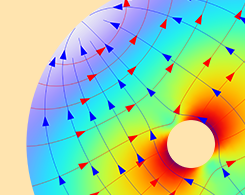
Mode Analysis for Electromagnetic Waveguides in COMSOL®
Get an introduction to mode analysis, which can be used to investigate mode characteristics in complex waveguide structures.
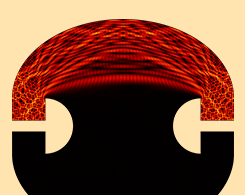
Investigating the Penrose Unilluminable Room with Ray Optics
Is the Penrose unilluminable room really unilluminable? We investigate this question using the Ray Optics and Wave Optics modules…
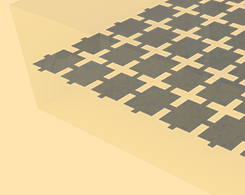
Modeling Graphene in High-Frequency Electromagnetics
Graphene exhibits a variety of interesting properties, including high elasticity and mechanical strength. In this blog post, we’ll explore how to model graphene in an electromagnetic simulation.
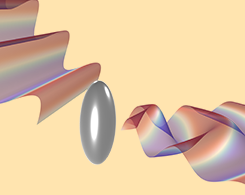
Electromagnetic Scattering in 2D Axisymmetric Models
You can save computational time and memory by performing electromagnetic scattering in 2D axisymmetric models rather than 3D. Learn more here.

Designing Antireflecting Microstructures for Infrared Applications
Explore how 2 microstructure designs can improve the bulk transmittance of silicon (~70%) and cadmium zinc telluride (~79%) to more than 90% within the specific wavelength spectrum.
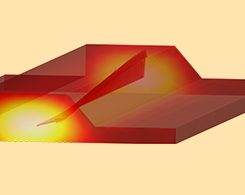
How to Model Polarization Rotation Along a Waveguide
Interested in modeling photonic waveguiding structures? Learn some efficient techniques for devices with multiple supported waveguide modes and identical waveguide cross sections.

2020 Isaac Newton Medal and Prize Awarded to Nader Engheta
Get an overview of the Isaac Newton Medal and Prize — and the optical physicist who won this year.
